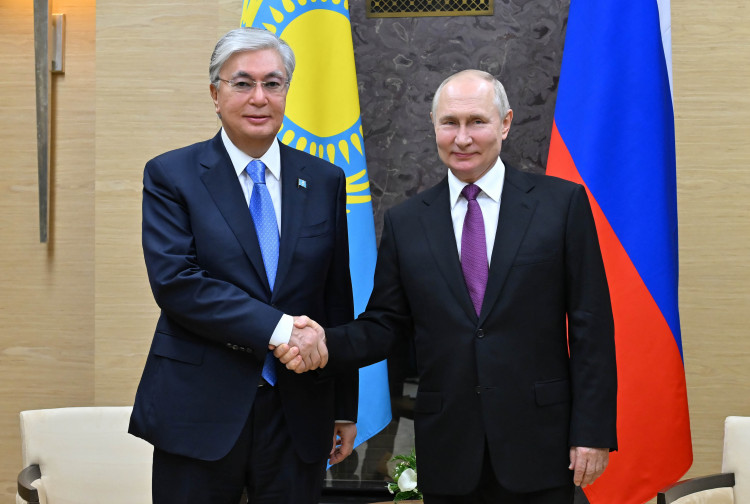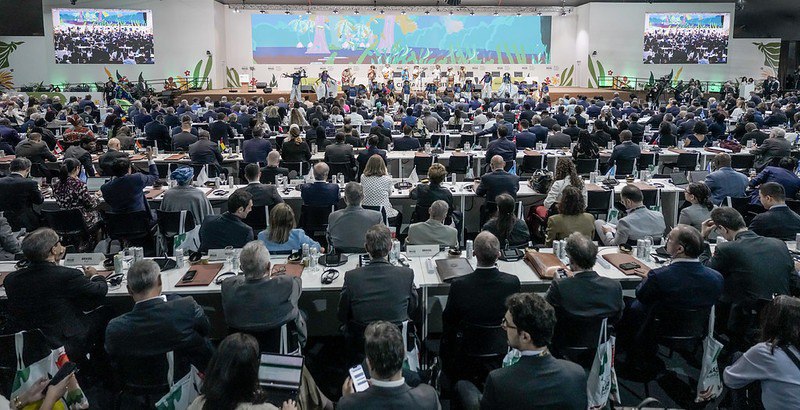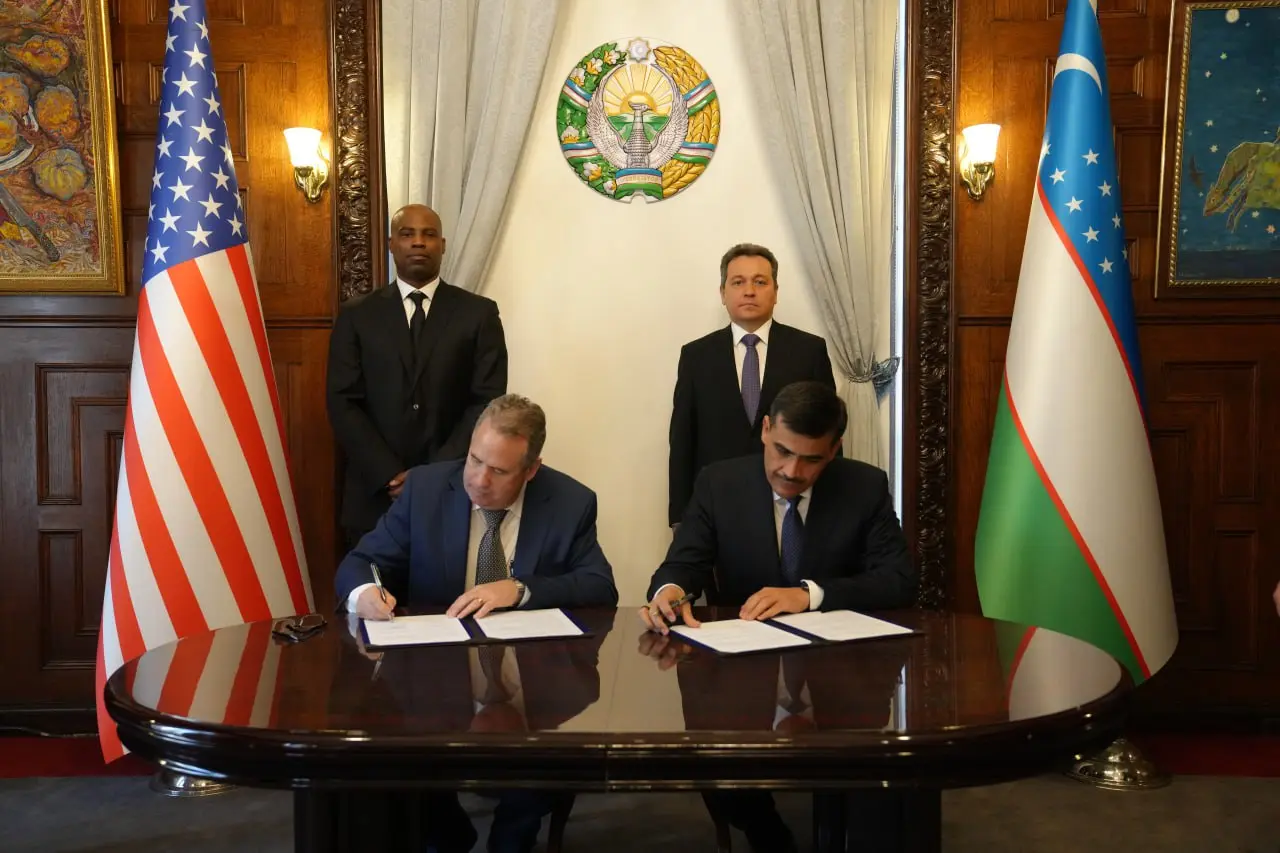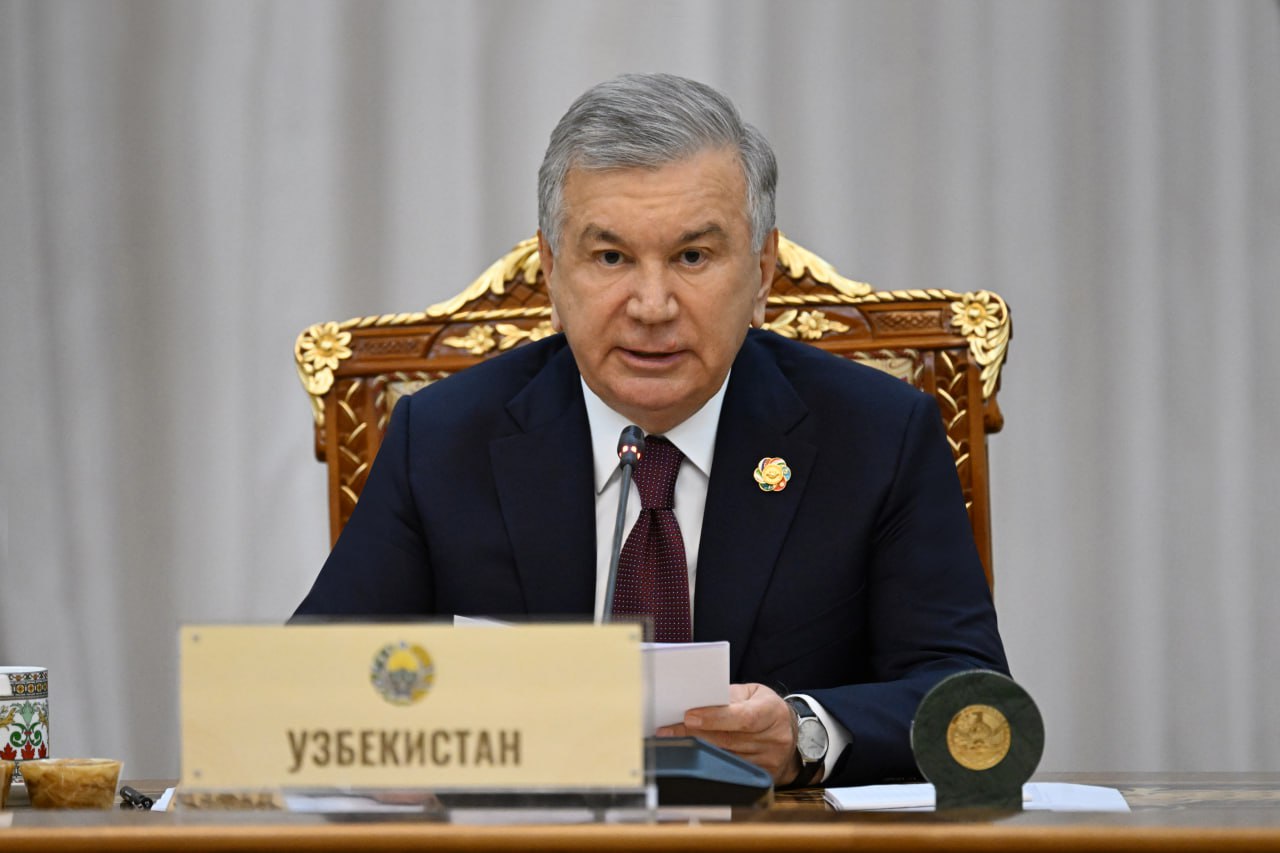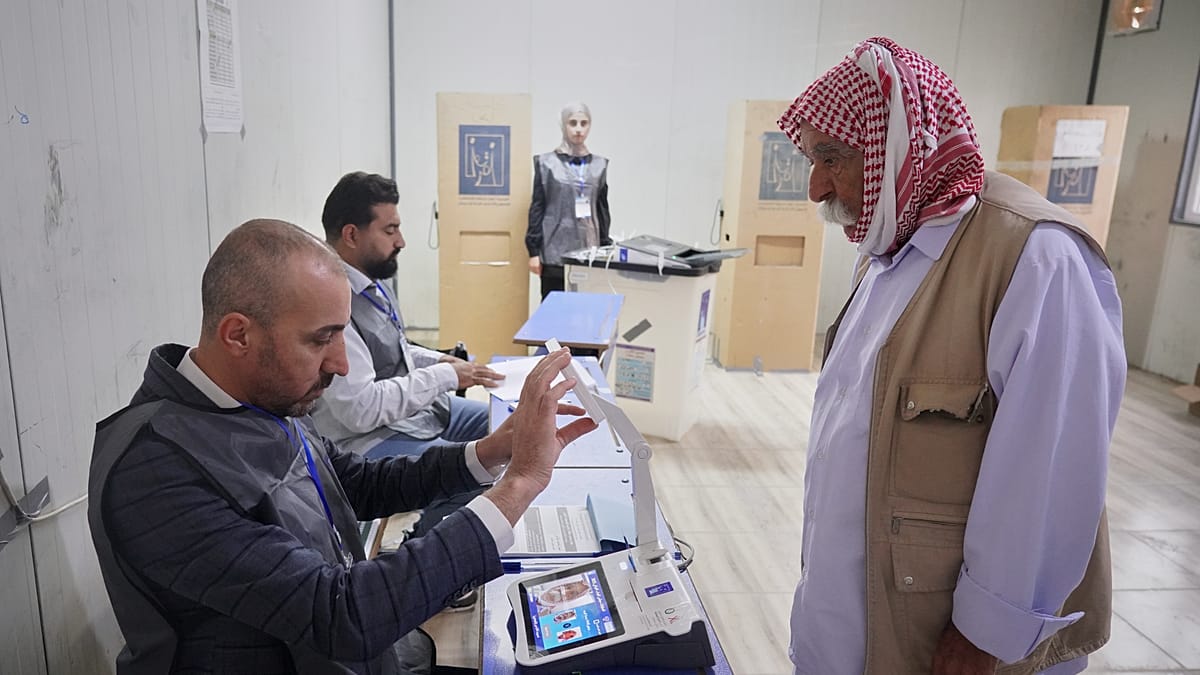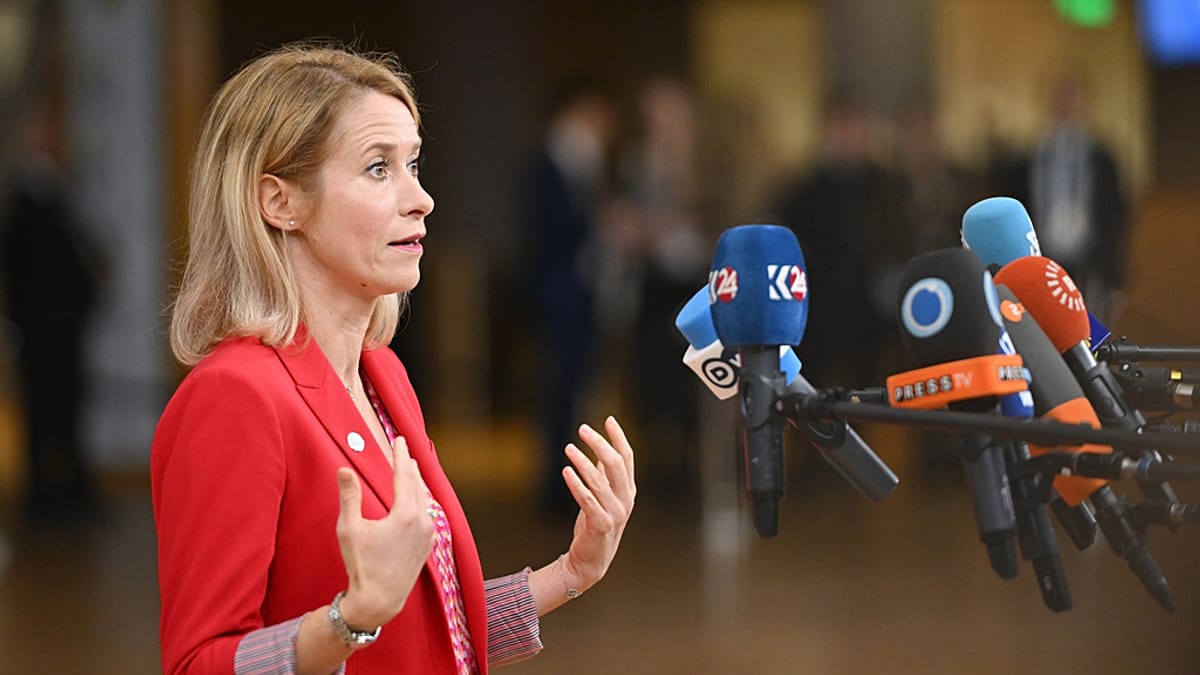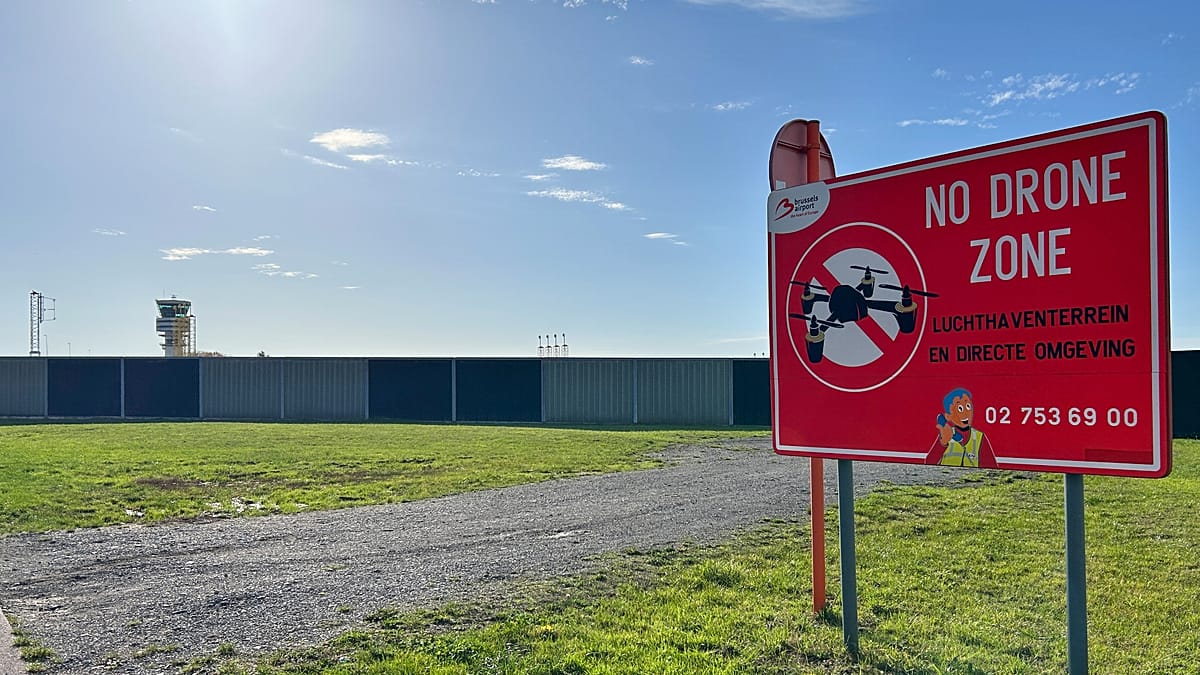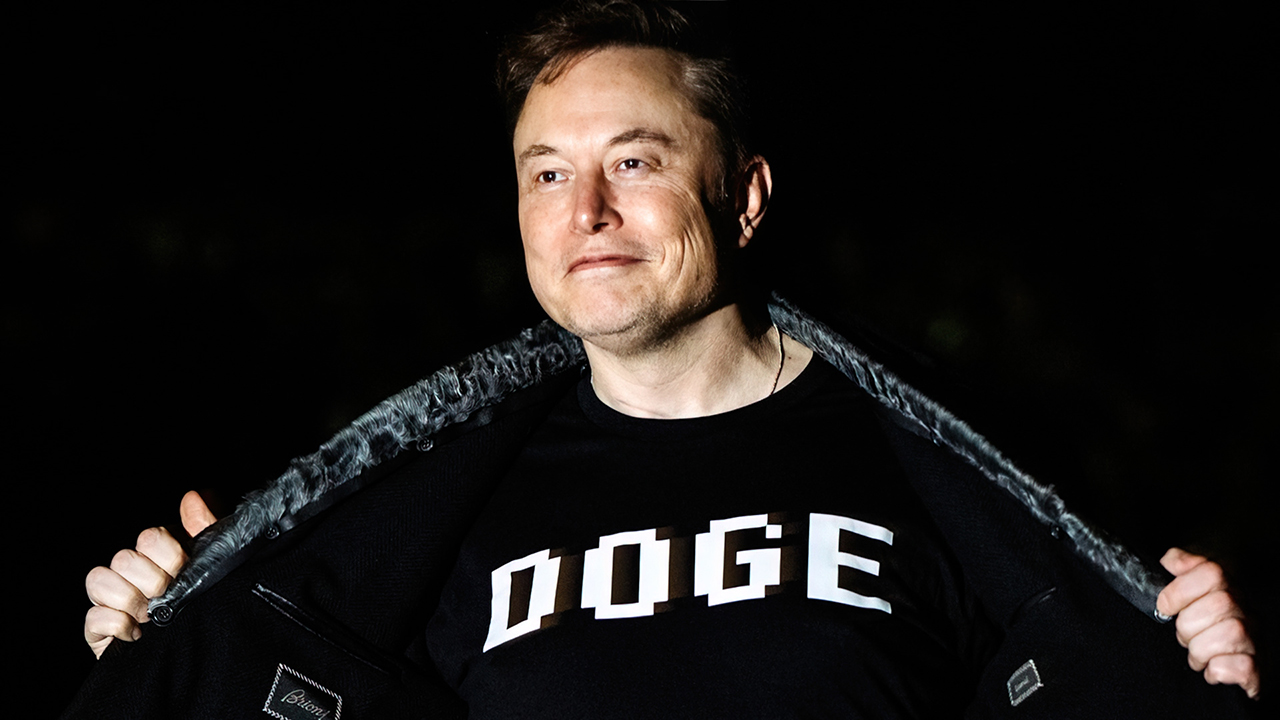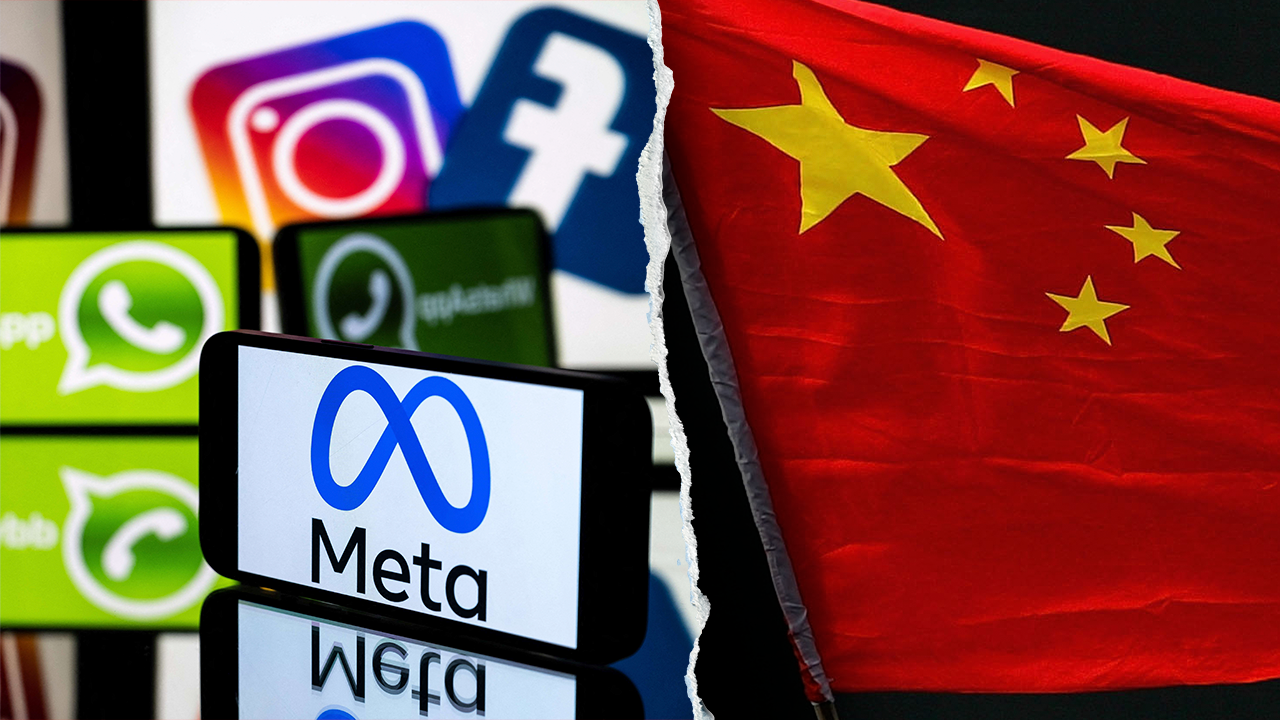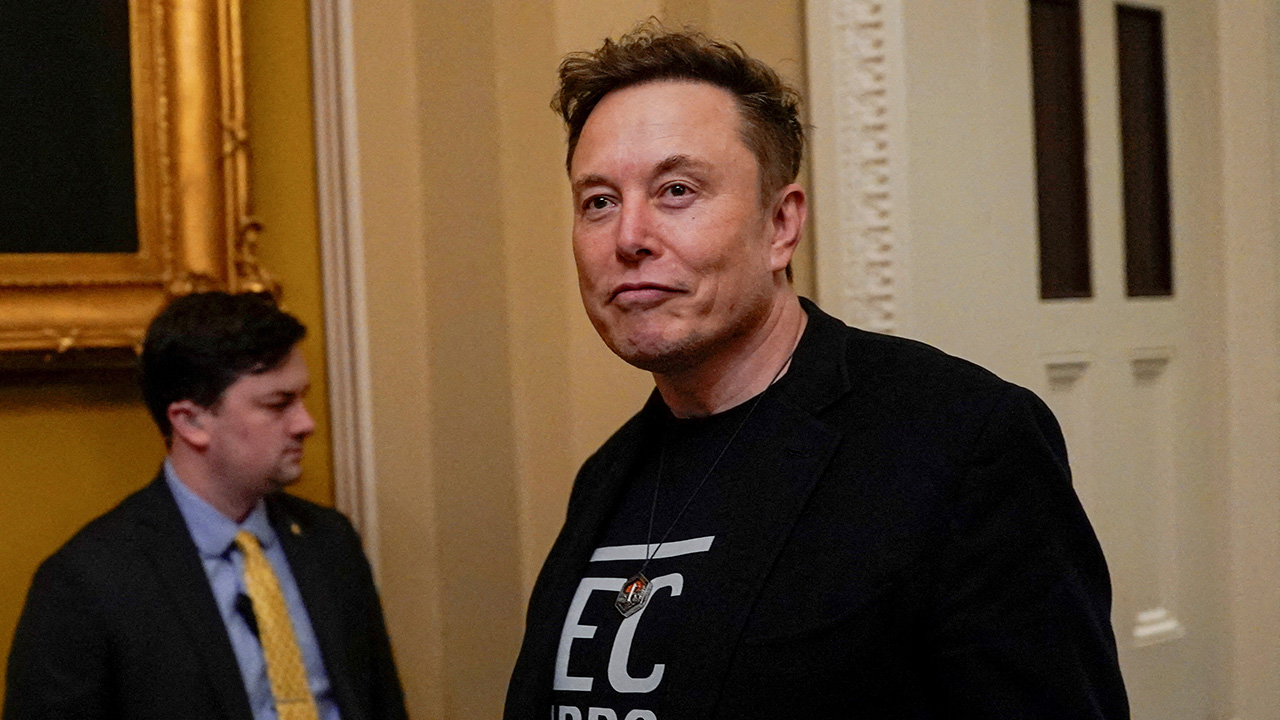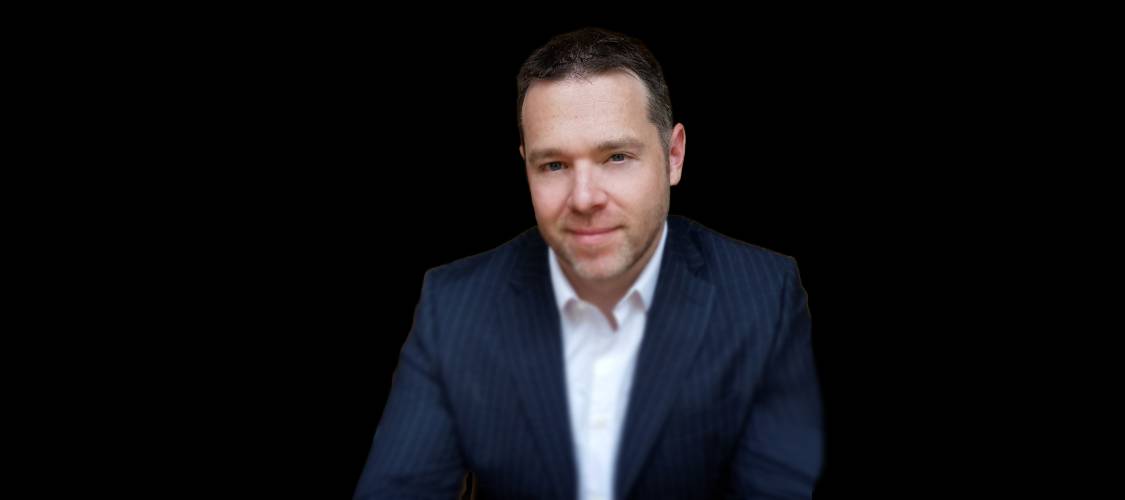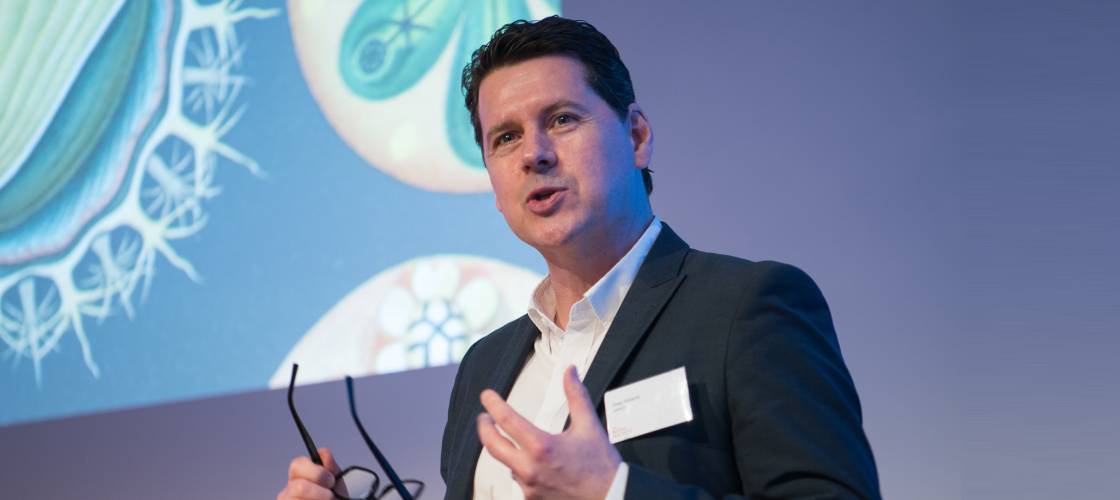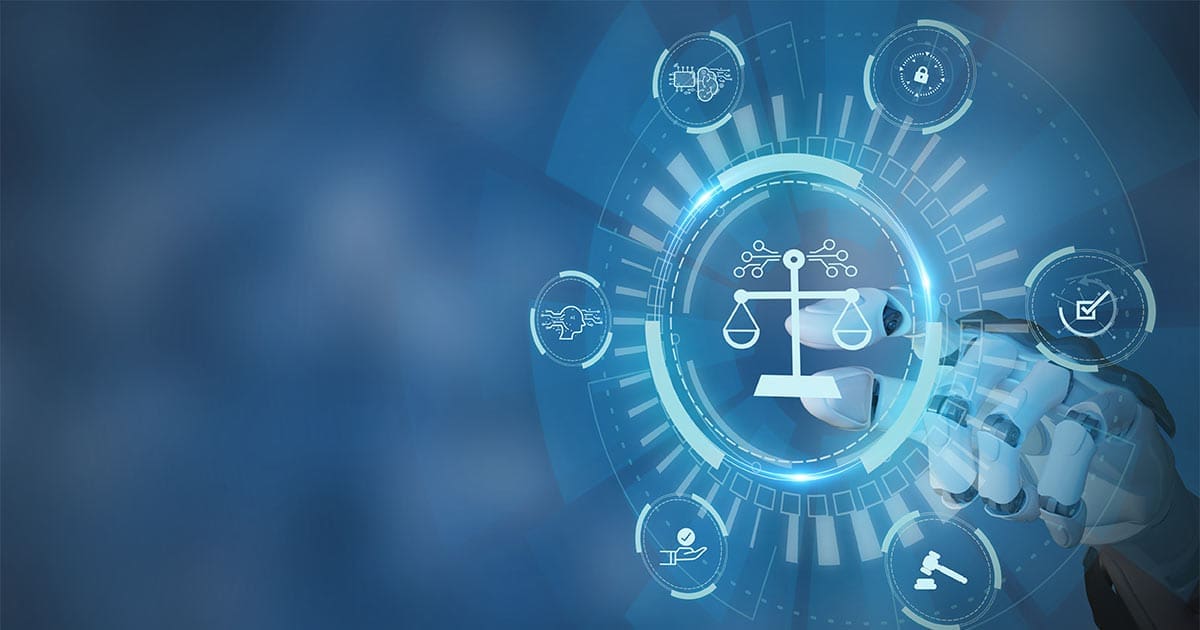How TP is Surfing the Technological Waves: Combining AI with the Human Touch


Future-Ready: The BPO Giant Wants to Combine AI and Human Empathy
For many, artificial intelligence remains a puzzle, an abstraction often debated but rarely understood. The acclaimed documentary filmmaker Adam Curtis once remarked, “I have a problem with talking about AI because absolutely no one knows what it’s going to be.” Yet, at Teleperformance (now known as TP), there is no such ambiguity. The company has not only embraced AI but is forging a strategy that places it at the heart of the business process outsourcing (BPO) world.
TP, a long-time global leader in customer experience management, is not defined by large-scale physical assets or heavy machinery. Instead, its strength lies in people: in emotional intelligence, in agile service delivery, and in its seamless integration of digital transformation with human capabilities. This core ethos defines TP’s market position and future ambitions.
 Founded nearly five decades ago by visionary entrepreneur Daniel Julien (pictured) , TP has grown into a multinational behemoth with over €10 billion in annual revenue, serving more than 170 countries and partnering with over 1,500 clients. A remarkable 56% of those clients feature in Forbes’ top 100, a testament to the trust TP has earned across verticals. Beyond financials, TP ranks among the top ten of the 25 World’s Best Workplaces and has Great Place to Work certifications in 97% of its global locations.
Founded nearly five decades ago by visionary entrepreneur Daniel Julien (pictured) , TP has grown into a multinational behemoth with over €10 billion in annual revenue, serving more than 170 countries and partnering with over 1,500 clients. A remarkable 56% of those clients feature in Forbes’ top 100, a testament to the trust TP has earned across verticals. Beyond financials, TP ranks among the top ten of the 25 World’s Best Workplaces and has Great Place to Work certifications in 97% of its global locations.
These accolades are not merely ceremonial. They reflect the company’s adaptability and commitment to staying ahead of industry trends—none more crucial today than artificial intelligence.
Capital Markets Day: A Glimpse into TP’s AI Playbook
At the 2025 Capital Markets Day in New York City’s Rockefeller Plaza, investors, analysts, and business leaders gathered to hear how TP is navigating this transformative moment. The company’s leadership laid out a compelling, data-rich roadmap for the future—a strategy that embraces AI, industry verticalization, and opportunity capture.
 Deputy CEO Thomas Mackenbrook(pictured) highlighted the urgency of execution. “Our business is 90% execution,” he asserted, underlining TP’s asset-light model as a strategic advantage. Unlike companies burdened with legacy infrastructure, TP is nimble, allowing it to pivot quickly and deploy cutting-edge solutions.
Deputy CEO Thomas Mackenbrook(pictured) highlighted the urgency of execution. “Our business is 90% execution,” he asserted, underlining TP’s asset-light model as a strategic advantage. Unlike companies burdened with legacy infrastructure, TP is nimble, allowing it to pivot quickly and deploy cutting-edge solutions.
At the core of TP’s AI ambition is a strategy known as “FAB” – short for “Foundational AI Backbone.” This three-layered approach is as practical as it is visionary, aiming to embed AI into the core fabric of how TP operates and delivers value.
The Blueprint Layer is the starting point: pre-configured AI systems designed to tackle real-world business challenges head-on. These blueprints act like ready-to-deploy templates, enabling TP to implement solutions rapidly and at scale.
At the center lies the Orchestration Layer, which functions as the connective tissue of FAB. Here, individual AI modules and tools are brought together to form cohesive, end-to-end solutions tailored to each client’s unique needs. This is the heart of FAB—where intelligence becomes action.
Supporting all of this is the Foundation Layer, a secure, cloud-native infrastructure powered by industry titans like Microsoft and Google. This layer ensures resilience, scalability, and compliance with global data standards.
To illustrate its approach, TP likens FAB to building a Lego car—each AI module a building block. Once assembled, the result is a nimble, efficient, and responsive digital engine. And this isn’t just theory: TP launched over 200 AI projects in 2024 alone, with a bold commitment to invest €100 million in AI innovation for 2025.
Not Just Digital, But Deeply Data-Driven
 In a hyper-connected world, data is the fuel driving modern customer experiences. Recognizing this, TP has built robust capabilities across data annotation, analytics, and engineering. The company has positioned itself as a data powerhouse, capable of turning raw information into actionable insight.
In a hyper-connected world, data is the fuel driving modern customer experiences. Recognizing this, TP has built robust capabilities across data annotation, analytics, and engineering. The company has positioned itself as a data powerhouse, capable of turning raw information into actionable insight.
AI models demand a diet of clean, structured, and context-rich data. TP meets this demand through its global network of over 850 data annotation professionals, who collectively produce more than 10 million annotations each month—achieving accuracy rates above 98%.
What sets TP apart is its commitment to the human-in-the-loop model. Human experts guide, refine, and correct AI outputs, ensuring the resulting intelligence is not just accurate but also relevant and responsible. This approach is particularly valuable in sectors like healthcare and finance, where mistakes have high stakes.
Moreover, TP’s operations span over 150 jurisdictions, giving it a deep understanding of regulatory frameworks from Europe’s GDPR to California’s CPRA. Clients benefit from built-in compliance and ethical rigor, baked into every data process.
Delivering Industry-Specific AI
 Rather than offering generic AI solutions, TP takes a verticalized approach—tailoring its technology to industry-specific workflows. For example, in banking, it deploys fraud detection algorithms tuned to spot subtle anomalies. In retail, it leverages sentiment analysis to fine-tune customer engagement. In manufacturing, it uses predictive maintenance to reduce downtime, and in healthcare, it enhances diagnostics with AI-assisted insights.
Rather than offering generic AI solutions, TP takes a verticalized approach—tailoring its technology to industry-specific workflows. For example, in banking, it deploys fraud detection algorithms tuned to spot subtle anomalies. In retail, it leverages sentiment analysis to fine-tune customer engagement. In manufacturing, it uses predictive maintenance to reduce downtime, and in healthcare, it enhances diagnostics with AI-assisted insights.
What makes TP’s strategy effective is its full-spectrum involvement across the customer journey. It starts with consultation and process mapping, followed by detailed data preparation and AI model training. Once the systems are deployed, TP continues to analyze performance and fine-tune outcomes.
This comprehensive lifecycle approach ensures that AI solutions are not only implemented but continuously improved—creating a dynamic feedback loop between technology and human expertise.
From Tech Stack to Trust Stack
 In an industry where buzzwords often mask reality, TP introduces a refreshingly grounded concept: the Trust Stack. While most companies talk about their tech stack, TP emphasizes trust as the ultimate differentiator in AI deployment.
In an industry where buzzwords often mask reality, TP introduces a refreshingly grounded concept: the Trust Stack. While most companies talk about their tech stack, TP emphasizes trust as the ultimate differentiator in AI deployment.
This trust is built through algorithmic transparency, where clients can see and understand how decisions are made. It includes accountability structures to catch and correct errors. And perhaps most importantly, it insists on explainability—making AI outputs comprehensible even to non-technical stakeholders.
With regulatory frameworks like the EU AI Act taking shape, TP is ahead of the curve, designing solutions with compliance as a feature, not an afterthought. The Trust Stack is further strengthened by TP’s legacy in managing sensitive, high-stakes interactions, particularly in health and financial sectors.
Beyond the Bot: Human-in-the-Loop in Action
 At TP, the fusion of human insight and artificial intelligence is not a distant goal—it’s a working reality. AI tools serve as copilots rather than overlords, assisting human agents in decision-making, content summarization, and knowledge retrieval.
At TP, the fusion of human insight and artificial intelligence is not a distant goal—it’s a working reality. AI tools serve as copilots rather than overlords, assisting human agents in decision-making, content summarization, and knowledge retrieval.
Consider TP’s AI-assisted agent interface used by telecom clients. By recognizing emotional cues, suggesting empathetic responses, and automating routine actions, it has reduced call resolution times by 30%. Yet, it’s the human agent who remains in charge, making final decisions and maintaining relational depth.
TP is also investing in its people. With a goal of training over 100,000 employees in AI literacy by the end of 2025, the company ensures its workforce is not left behind but propelled forward by the AI wave. This is transformation with a conscience.
The Global Equation: Scaling Responsibly
 Operating across 170 countries requires a nuanced, flexible AI strategy. TP’s concept of “Glocal AI”—global intelligence tailored for local realities—is essential.
Operating across 170 countries requires a nuanced, flexible AI strategy. TP’s concept of “Glocal AI”—global intelligence tailored for local realities—is essential.
Take the example of a healthcare deployment in Southeast Asia. The solution needed multilingual translation, cultural sensitivity, and compliance with national privacy laws. By embedding local linguists and legal experts into the development team, TP delivered a fit-for-purpose solution in under six months.
This balancing act between global scalability and local authenticity enables TP to serve governments, corporations, and communities with equal effectiveness.
The AI Inflection Point: More Than Just Hype
We are no longer speculating about AI—we are experiencing its mainstreaming. For TP, the inflection point is not just an opportunity; it’s a mandate for action.
To date, TP has rolled out more than 1,500 AI-powered solutions for over 700 clients. This effort is supported by a global bench of 3,000+ technology experts and more than 10,000 AI-trained supervisors. These are not just numbers—they reflect a systemic shift toward intelligent operations.
Conversational AI is one standout example. TP’s NLP engines, developed with Microsoft and Google, are powering millions of customer conversations every month. And its internal AI co-pilot tools are redefining workflows, making employees more effective without erasing their role.
Responsible AI: A Moral and Strategic Imperative
Responsibility in AI isn’t optional—it’s central. TP embeds ethical principles into every phase of AI development. This includes ensuring decisions are transparent, tracking the origin and flow of data, detecting and mitigating algorithmic bias, and guaranteeing human oversight in critical situations.
Compliance with global standards, from the EU’s AI Act to OECD principles, reinforces TP’s commitment to trustworthy AI. But beyond compliance, the company is setting a cultural standard for how AI should be built and used.
Looking Ahead: The Future of Human-AI Collaboration
As the New York event drew to a close, Deputy CEO Thomas Mackenbrook reiterated TP’s future-ready commitment: “We’re not just preparing for the future; we’re building it.”
Daniel Julien echoed this, stating that the AI-powered world of tomorrow will not be homogenous. Rather, it will be “a beautifully diverse world where humans interact with AI engagement.”
From AI translators to customer empathy engines, TP’s innovations signal a shift in how enterprise AI is designed and deployed. It’s not just about machines that compute — it’s about systems that care.
As more companies reckon with the limits of purely digital experiences, TP’s approach offers a roadmap: build trust, start with people, and let AI follow.
By embracing the convergence of human intelligence and artificial intelligence, TP is not just surfing the technological waves; it’s building the surfboard, charting the waters, and teaching the world how to ride.
The post How TP is Surfing the Technological Waves: Combining AI with the Human Touch appeared first on European Business & Finance Magazine.
